

GB 51049-2014 电气装置安装工程 串联电容器补偿装置施工及验收规范(英文版)
¥250.00
中华人民共和国住房和城乡建设部 公 告 第642号 -------------------------------------------------------------------------------- 住房城乡建设部关于发布国家标准 《电气装置安装工程串联电容器补偿装置施工及验收规范》的公告 现批准《电气装置安装工程串联电容器补偿装置施工及验收规范》为国家标准,编号为GB51049-2014,自2015年8月1日起实施。其中,第3.0.11、4.4.5条为强制性条文,必须严格执行。 本规范由我部标准定额研究所组织中国计划出版社出版发行。 住房城乡建设部 2014年12月2日


史记:精选直读·管理者版
¥250.00
《史记》是一部史学巨著,被列为“二十四史”之首,《史记》还被认为是一部优秀的文学著作,在中国文学史上有重要地位,被鲁迅誉为“史家之绝唱,无韵之《离骚》”。本书作者对《史记》行深研读,细致挖掘,从管理者角度出发,精选了《史记》中本纪、世家、列传部分的经典且有影响力的篇目,共53篇。本书以“原文 通俗译文 编者说”的方式呈现,双栏文白对照编排,集故事性、知识性,文学性与艺术性于一体,让读者在读史过程中领悟管理的大道,学会为人处世的哲学。


DL/T5235-2010±800kV及以下直流架空输电线路工程施工及验收规范(英文版)
¥250.00
本标准是根据《国家发展改革委办公厅关于印发2006年行业标准制修订项目的通知》(发改办公业【2006】1093号)要求制定的。本标准由中国电力企业联合会提出。本标准由电力行业高压直流输电技术标准化技术委员会归口。本标准适用于±800kV及以下直流架空输电线路的新建及改建工程。

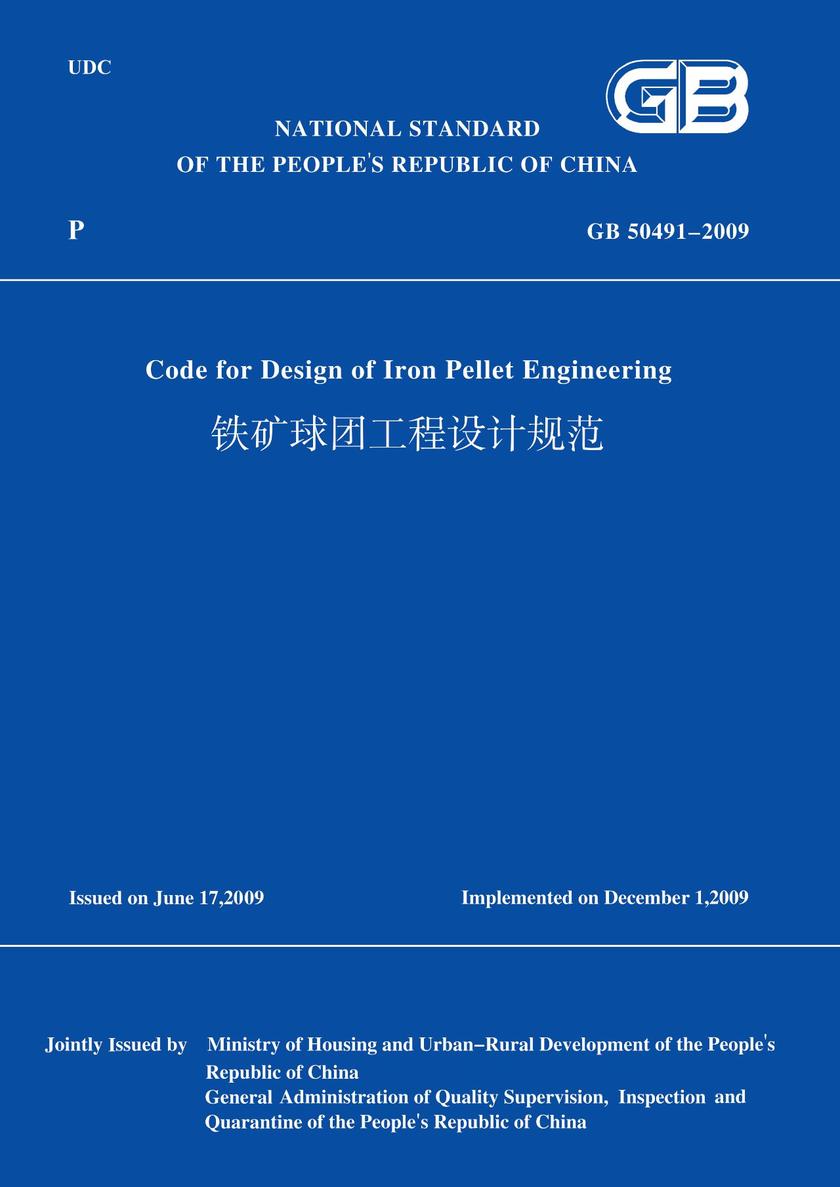
GB50491-2009铁矿球团工程设计规范(英文版)
¥250.00
本规范适用于各种类型铁矿球团工厂的新建、扩建和改建工程的设计。本规范的主要技术内容包括:总则,术语,基本规定,原料、辅料、燃料要求及准备,配料和混合,球和生球筛分,布料和焙烧,成品筛分、贮运河粉料处理,电力和自动化,辅助设施,计量、检化验和试验,维修检修,节能,安全与环保。

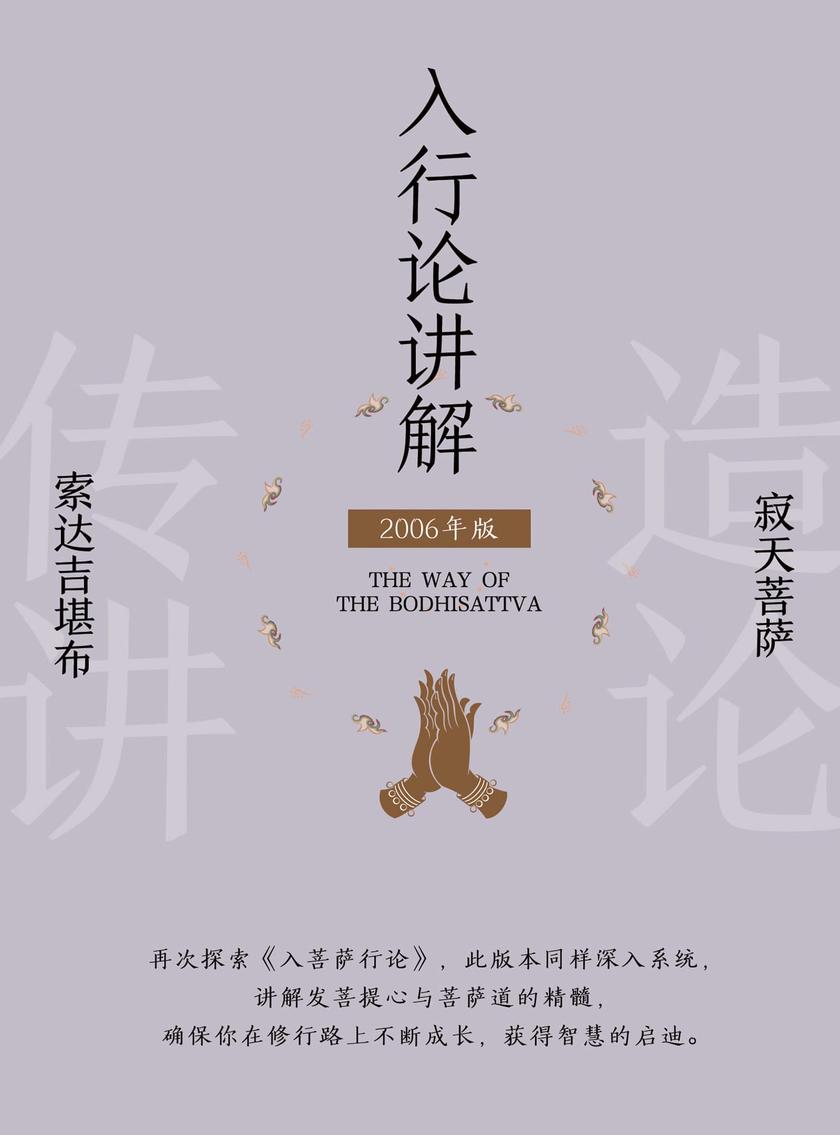
入行论讲解(2006)
¥249.99
再次探索《入菩萨行论》,此版本同样深入系统,讲解发菩提心与菩萨道的精髓,确保你在修行路上不断成长,获得智慧的启迪。


资治通鉴第五辑:乱世烽烟
¥249.99
编辑推荐: 以史为鉴,知兴替,明得失。柏杨耗时十年,将《资治通鉴》译成现代语言,让一部原本只供帝王将相阅读的史书,飞入寻常百姓家。 不到100年的时间,朝代频繁更替,遍地烽火血腥,无一寸净土,社会经济更遭到毁灭性打击。时代的疯狂不可改,但每个人都应该了解这种疯狂背后的真正原因。 内容简介 《乱世烽烟》记载起于公元四八〇年,终于公元五七五年。公元五〇二年,南方的南齐帝国和帝萧宝融禅位于梁王萧衍,南齐亡,南梁帝国建立,梁武帝萧衍在建康即位。萧衍酷好佛法,而北方的北魏帝国,迁都洛阳,孝文帝拓跋宏开始实行汉化改革,并继续南征南齐帝国。公元五二三年,北魏六镇齐叛,全国遍地烽火血腥,无一寸净土。终于五三二年分裂为东魏、西魏。五四八年,侯景之乱爆发,江南的社会经济遭到毁灭性打击。五五零年,东魏灭亡,北齐建国,五五七年,南方陈霸先建立陈帝国,北方北周帝国建立。


资治通鉴第四辑:南北分立
¥249.99
编辑推荐: 以史为鉴,知兴替,明得失。柏杨耗时十年,将《资治通鉴》译成现代语言,让一部原本只供帝王将相阅读的史书,飞入寻常百姓家。 假使没有《资治通鉴》,时到今天,恐怕全世界没有一个人再能提供一个五胡十九国的轮廓;作为读者,我们是何等幸运。问题是,读史者的幸运,不一定是当时人的幸运,甚至往往是当时人的悲哀。五胡十九国时代人如此,南北朝时代人也如此。 内容简介 《南北分立》记载起于公元三五五年,终于公元四七九年。是中国的大分裂时代。在南方,在北方,前秦帝国苻坚杀掉符生,自立为天王,灭前燕、前凉,统一了北方。在与东晋的淝水之战中大败亏输,国家也因此衰亡,各民族纷纷脱离前秦统治,后燕、西燕、后秦、西秦、后凉、北魏,相继兴起,数个政权相互攻伐取代,亡而又复。在这个混乱的时代,中国境内一度十一国并立。而在南方,凭借淝水之战延续了国祚的东晋,也终于在公元四二〇年被刘宋政权取代,与北方强国北魏对峙,爆发多次南北大战,南北朝的形式形成。四七九年,南宋顺帝刘準禅位于齐王萧道成,刘宋帝国亡,南齐帝国兴起。


和孙俪一起守护孩子童年:西西家族成长日记(共8册)
¥249.99
西西家族是一个由性格各异的七只小狗外加一只流浪小猫组成的大家庭。 《西西家族成长日记·我会保护我自己》从居家安全、交通安全、反霸凌、防止被诱拐这四个日常生活常见的场景出发,结合西西家族小狗们的日常故事,用孩子听得懂的语言,在轻松幽默中培养孩子自我保护的意识,让宝贝安全成长,同时也为家长提供一些日常安全教育的参考。 《西西家族成长日记·我会爱自己》是系列的第二辑绘本,共四册,从情绪管理、悦纳自我、同辈社交、面对挫折这四种常见的成长小烦恼出发,结合西西家族小狗们的日常故事,用孩子听得懂的语言,在轻松幽默中培养孩子的高情商、好性格,让宝贝阳光、快乐地成长。


有一种治愈,叫小川糸:每一部都清新美好(共8册)
¥249.99
本套装共8册,日本暖心作家小川糸作品集。分别为《出门买蛋去》《蜗牛食堂》《狮子之家的点心日》《山茶文具店》《闪闪发光的人生》《永恒的庭院》《倘若有柚子》《悠悠荡荡小天国》


资治通鉴第六辑:贞观之治
¥249.99
编辑推荐: 以史为鉴,知兴替,明得失。柏杨耗时十年,将《资治通鉴》译成现代语言,让一部原本只供帝王将相阅读的史书,飞入寻常百姓家。 中国大分裂接近尾声,“贞观之治”终于来临。贞观,这极为短暂的二十三年,却被视为太平盛世的典范,成为以后一千余年所有政治领袖羡慕、模仿的样本。 内容简介 《贞观之治》记载起于公元五七六年,终于公元六八八年。大分裂时代终于走向尾声,五八〇年北周帝国亡,隋帝国兴起,五八八年亡南梁帝国,统一中国,并开始报复之前不断来袭的突厥汗国。终于五九九年,突厥突利可汗归附隋王朝,隋封其启民可汗。六〇四年,隋文帝杨坚被太子杨广谋害。 杨广即位后,筑洛阳西苑,开运河,西平吐谷浑,三征高句丽王国,横征暴敛,变民纷纷起兵抗暴,天下大乱。六一八年江都政变,隋炀帝杨广被臣属所杀。隋三任帝杨侑禅帝位于李渊。平定了各地的武装政权后,秦王李世民发动玄武门之变,诛杀皇太子李建成、齐王李元吉,从父亲手中接过帝位,开始了大分裂时代后的个太平盛世——贞观之治。


交易员的自我修养系列合集(全8册)
¥249.99
本套书是“中国顶 级交易员访谈丛书”,丛书致力于通过十数年时间,遍访交易高手,汇集成交易经验的饕餮盛宴,以飨读者。访谈对象不以名气论英雄,而看重真材实料。其中有神秘莫测的做市商,有大型金融公司的操盘手,有业绩显赫的私募老总,有名不见经传的民间高手,有独辟蹊径的交易怪才……读者可以在对比阅读中各取所需,提取适合自己性格和经历的交易干货,站在巨人的肩膀上,尽快走向稳定盈利之路。 作者都是期权交易专家,在书中坦诚剖析了自己交易的心路历程,深入探讨了交易系统的构建方法,无论是初入市场的新手,还是尚未稳定盈利的投资者,相信都能在本书中有所收获。


欢乐颂:全4册(一部女性为人处世指南,讲透都市女性的家庭、职场、亲密关系与人际交往。电视剧《欢乐颂》同名原著小说)
¥249.90
一部女性为人处世指南,讲透都市女性的家庭、职场、亲密关系与人际交往。 初职场,除了加不完的班,还有看不懂摸不透的职场规则; 跻身城市,人前光鲜的背后,藏着填不饱逃不掉的原生家庭; 面对爱情与友情,如何建立亲密关系,又如何保持独立人格? ………… 住在欢乐颂小区22楼的五位女性,身份不同,性格各异,却都面对着女性成长中的各种难题。从陌生到熟悉的过程中,她们展现了不同的为人处世之道,也在磨合中不断成长……

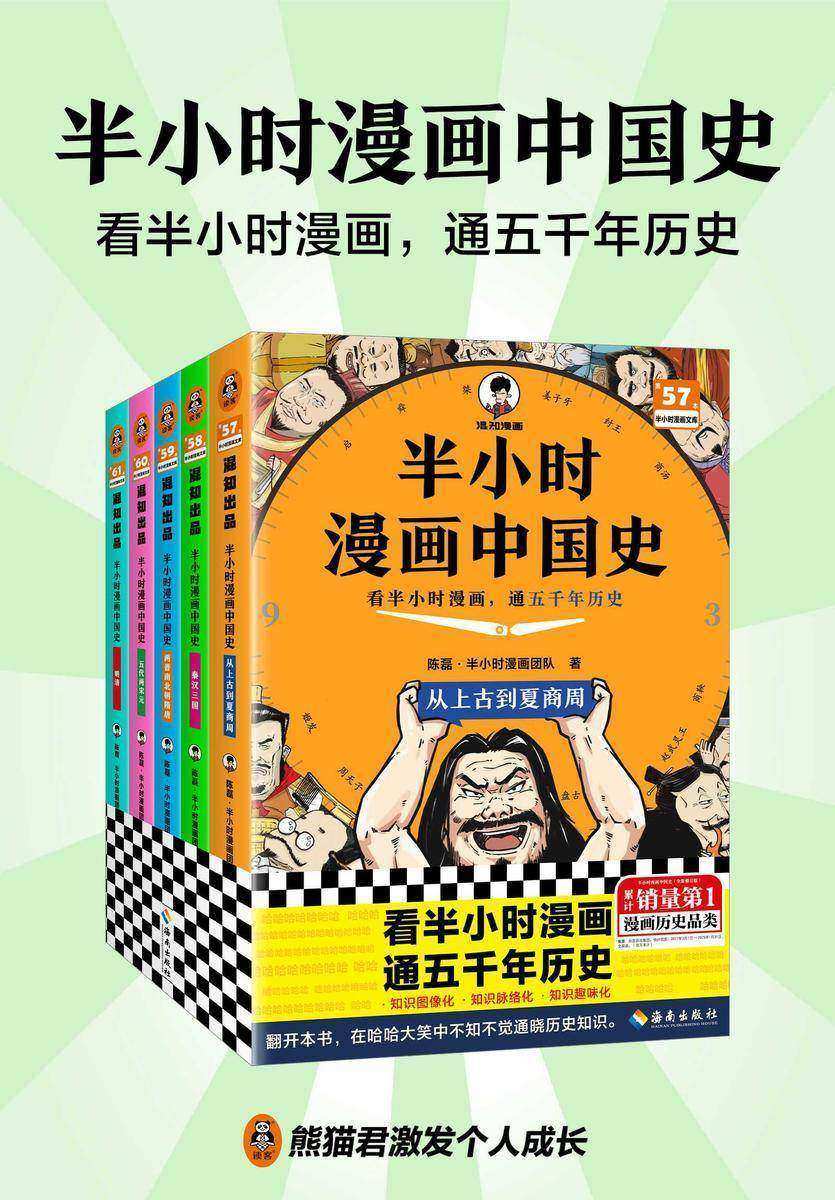
半小时漫画中国史(全5册)
¥249.50
仅仅通过手绘漫画和段子的形式,陈磊(笔名:混子哥)和半小时漫画团队就清晰捋出了从上古到清朝的历史脉络:如果把东周列国看做一个班级就好理解了;大秦帝国,过把瘾就死;大唐 300 年,简直就是条抛物线;大宋仗常吃亏,但经济繁荣恢复快;元朝乱得像耳机,38 年换了 9 个皇帝;清朝就像植物大战僵尸:从天朝上国到自救反抗,依然挡不住一批批列强的侵略浪潮……掀纷繁复杂的历史表象,略去无关紧要的细枝末节,每一页都有历史段子,每三秒让你笑翻一次。翻本书,在哈哈大笑中不知不觉记住历史知识。


半小时漫画中国地理(1-5册)
促销价:¥79.99|¥249.50
陈磊(混子哥)领衔的半小时漫画团队通过诙谐的语言和手绘漫画的形式,轻轻松松地就把中国三十四个省级行政区的地理知识讲得清清楚楚、明明白白。如果我们把全中国看成一个“班级”,那这事儿就好理解了!北京是班长:指引全班发展方向,向世界彰显中国风采! 西藏是美术课代表:穿藏袍、骑牦牛、会画画。 江苏是学习委员:生来就资质过人,后天还努力勤奋,经济、文化、教育样样精通。 新疆是充满融合美的同学:肩负中外交流重任,储藏油气支援工业发展。 陕西是历史课代表:怀抱深厚历史文化,在根据地谱写发展新篇章。 翻开本书,在笑出腹肌的同时轻松通晓地理知识!

Read My Pins
¥249.23
Before long, and without intending it, I found that jewelry had become part of my personal diplomatic arsenal. Former president George H. W. Bush had been known for saying "Read my lips." I began urging colleagues and reporters to "Read my pins." It would never have happened if not for Saddam Hussein. When U.S. ambassador to the United Nations Madeleine Albright criticized the dictator, his poet in residence responded by calling her "an unparalleled serpent." Shortly thereafter, while preparing to meet with Iraqi officials, Albright pondered: What to wearShe decided to make a diplomatic statement by choosing a snake pin. Although her method of communication was new, her message was as old as the American Revolution Don't Tread on Me.From that day forward, pins became part of Albright's diplomatic signature. International leaders were pleased to see her with a shimmering sun on her jacket or a cheerful ladybug; less so with a crab or a menacing wasp. Albright used pins to emphasize the importance of a negotiation, signify high hopes, protest the absence of progress, and show pride in representing America, among other purposes.Part illustrated memoir, part social history, Read My Pins provides an intimate look at Albright's life through the brooches she wore. Her collection is both international and democratic dime-store pins share pride of place with designer creations and family heirlooms. Included are the antique eagle purchased to celebrate Albright's appointment as secretary of state, the zebra pin she wore when meeting Nelson Mandela, and the Valentine's Day heart forged by Albright's five-year-old daughter. Read My Pins features more than 200 photographs, along with compelling and often humorous stories about jewelry, global politics, and the life of one of America's most accomplished and fascinating diplomats.
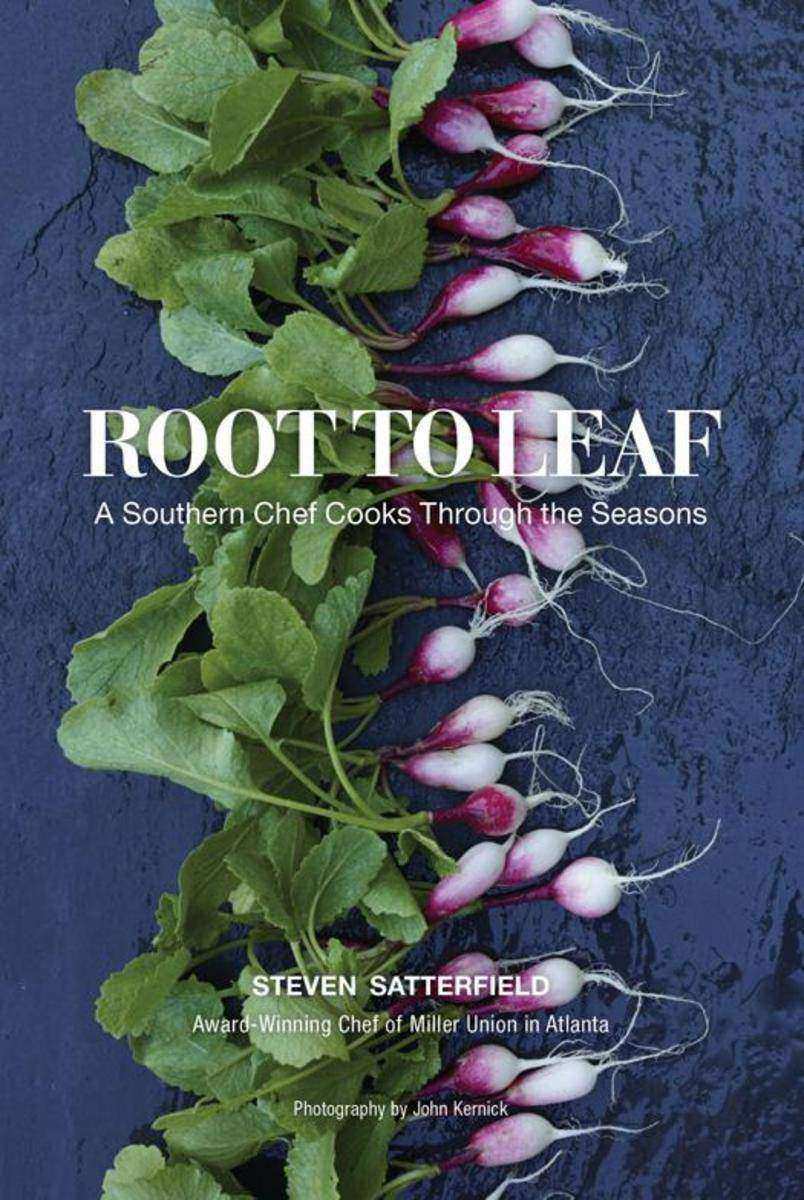
Root to Leaf
¥249.23
Eat More Vegetables.Chef of the award-winning Atlanta restaurant Miller Union, Steven Satterfield—dubbed the “Vegetable Shaman” by theNew York Times’?Sam Sifton—has enchanted diners with his vegetable dishes, capturing the essence of fresh produce through a simple, elegant cooking style. Like his contemporaries April Bloomfield and Fergus Henderson, who use the whole animal from nose to tail in their dishes, Satterfield believes in making the most out of the edible parts of the plant, from root to leaf. Satterfield embodies an authentic approach to farmstead-inspired cooking, incorporating seasonal fresh produce into everyday cuisine. His trademark is simple food and in his creative hands he continually updates the region’s legendary dishes—easy yet sublime fare that can be made in the home kitchen.Root to Leaf?is not a vegetarian cookbook, it’s a cookbook that celebrates the world of fresh produce. Everyone, from the omnivore to the vegan, will find something here. Organized by seasons, and with a decidedly Southern flair, Satterfield's collection mouthwatering recipes make the most of available produce from local markets, foraging, and the home garden. A must-have for the home cook, this beautifully designed cookbook, with its stunning color photographs, elevates the bounty of the fruit and vegetable kingdom as never before.

The Chronicles of Narnia Complete 7-Book Collection with Bonus Book: Boxen
¥249.23
This collection contains all seven books in the classic fantasy series The Chronicles of Narnia without art, to appeal to older readers. This special ebook edition includes an introduction by C. S. Lewis's stepson, Douglas Gresham, and full text and art for Lewis's very first work Boxen!Experience C. S. Lewis's The Chronicles of Narnia in its entirety The Magician's Nephew; The Lion, the Witch and the Wardrobe; The Horse and His Boy; Prince Caspian; The Voyage of the Dawn Treader; The Silver Chair; and The Last Battle. This bundle comes with a special introduction by Douglas Gresham, C. S. Lewis's stepson, for a behind-the-scenes look at Lewis while he was writing the book. The Chronicles of Narnia has become part of the canon of classic literature, drawing readers of all ages into magical lands with unforgettable characters for over sixty years. Epic battles between good and evil, fantastic creatures, betrayals, heroic deeds, and friendships won and lost all come together in this unforgettable world.And then discover the world before Narnia with Boxen, a collection of stories written by C. S. Lewis and his brother when they were children, with the authors' own delightful illustrations. For every reader who has been captivated by the magic of Narnia, Boxen will open a window to another enchanted land and offer the first glimmer of C. S. Lewis's amazing creativity.

The Food of Morocco
¥249.23
Paula Wolfert’s name is synonymous with revealing the riches of authentic Mediterranean cooking, especially the cuisine of Morocco. In The Food of Morocco, she brings to bear more than forty years of experience of, love of, and original research on the traditional foodways of that country. The result is the definitive book on Moroccan cuisine, from tender Berber skillet bread to spiced harira (the classic soup made with lentils and chickpeas), from chicken with tangy preserved lemon and olives to steamed sweet and savory breast of lamb stuffed with couscous and dates. The recipes are clear and inviting and infused with the author’s unparalleled knowledge of this delicious food. Essays illuminate the essential elements of Moroccan flavor and emphasize the accessibility of once hard-to-find ingredients such as saffron, argan oil, and Moroccan cumin seed.Lavishly photographed in full color, The Food of Morocco not only showcases Wolfert’s tantalizing recipes but also evokes Morocco in all its timeless splendor and mystery: its markets with their lush produce, its dazzling textiles and intricate mosaic tiles, its communal ovens and ancient souks, and of course its people, from Marrakech to Tangier. A labor of love four decades in the making, The Food of Morocco is a once-in-a-lifetime book of uncommon scope and authenticity, an essential work for every serious cook, anyone interested in Moroccan cuisine, and discerning armchair travelers alike.
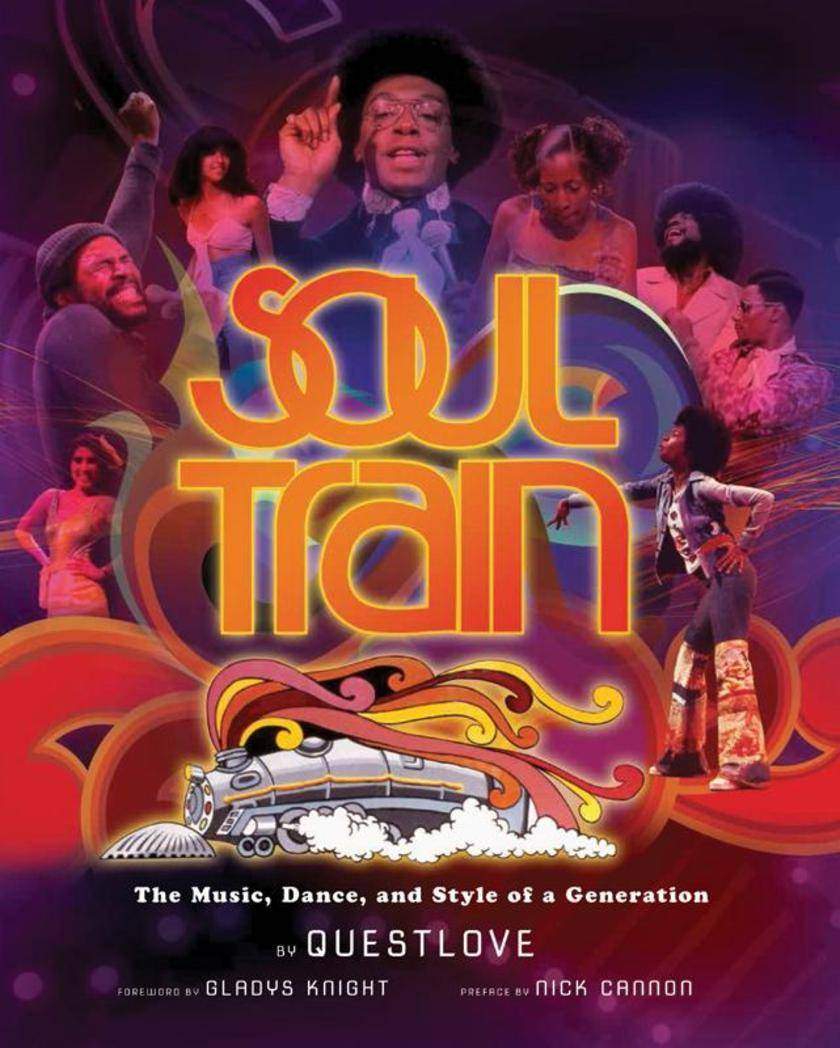
Soul Train
¥249.23
With its smooth, soulful tunes and groovy dance moves, Soul Train launched the careers of countless African American artists and set lasting trends in music, dance, and fashion for more than three decades. To create this unparalleled tribute to the show, Questlove, the brilliant frontman for the Roots, has pored through more than 1,100 episodes of the show and been given exclusive access to its archives to present hundreds of never-before-seen photographs and the riveting, unfiltered story of how Don Cornelius revolutionized black entertainment.In this incredible volume, Questlove takes you on a journey from the show's conception and first episode in 1971 to Don's final episode as host in 1993. You will learn how all-star performers such as Ike and Tina Turner, Marvin Gaye, Michael Jackson, Stevie Wonder, Elton John, Whitney Houston, David Bowie, Aretha Franklin, LL Cool J, Lenny Kravitz, the Beastie Boys, and Mariah Carey, to name a few, got their start, and get an up-close look at the show's most memorable dancers, and the moves and fashion they popularized.Soul Train was the longest-running syndicated program in television history. It was beloved by generations of youth, like Questlove, who eagerly awaited every episode, and young music lovers are still discovering it today. It's taken more than forty years for the awesome legacy of Soul Train to be celebrated in a proper way, and this book does just that.
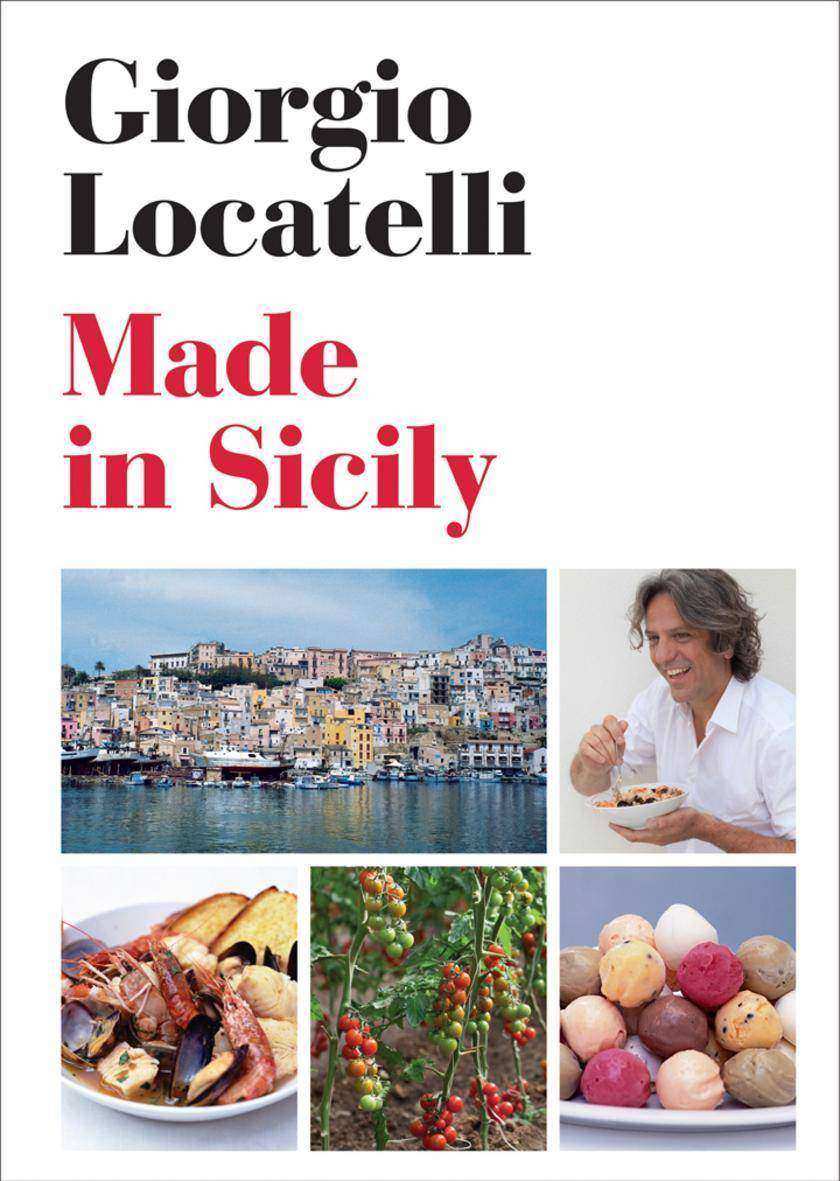
Made In Sicily
¥249.23
From Giorgio Locatelli, bestselling author of Made in Italy, comes an exquisite cookbook on the cuisine of Sicily, which combines recipes with the stories and history of one of Italy’s most romantic, dramatic regions: an island of amber wheat fields, lush citrus and olive groves, and rolling vineyards, suspended in the Mediterranean Sea. Mapping a culinary landscape marked by the influences of Arab, Spanish, and Greek colonists, the recipes in Made in Sicily showcase the island’s diverse culinary heritage and embody the Sicilian ethos of primacy of quality ingredients over pretentiousness or fuss in which “what grows together goes together.”

吐鲁番出土文献散录(全二册)精(试读本)
免费
吐鲁番文献出土于吐鲁番盆地内的石窟、寺庙、墓葬等遗址,时代跨度长,对研究中古时期政治制度、经济、文化、社会生活等方面有重要价值。 所谓“散录”,是指相对于已经集中刊布的大宗藏品、零散收藏于世界各地公私机构的吐鲁番出土文献残卷,包括德国国家图书馆、德国东亚艺术博物馆、俄罗斯科学院东方文献研究所、美国普林斯顿大学葛思德图书馆、日本东京书道博物馆、东京国立博物馆、大阪四天王寺岀口常顺氏、中国国家博物馆、中国国家图书馆、北京大学图书馆、中国科学院图书馆、上海博物馆、辽宁省档案馆等散藏的非佛教文献,与本书所收文书可以直接缀合的大谷文书也予收录。本书将这些一般人难以见到的文献汇为一编,便于学者研究使用。 本书共收录372件文书(属同一写本的若干残片计一件),分为上下编。上编为“典籍”,按中国传统的经史子集四部分类编排,并考虑到吐鲁番文书的特殊性,经部下单列小学类,道教文献、摩尼教文献、佛教写经题记三类也归入“典籍”。下编为“文书”,以年代为序,收入所有公私文书。 每件文书,参考前人成果拟题,并做解题、校录、标点等工作,以期为读者提供可靠的文本。本书还附有部分表示缀合情况和获得版权的新旧照片,共计六十余幅。书后有本书所收文书的按编号排序的索引。




 购物车
购物车 个人中心
个人中心



